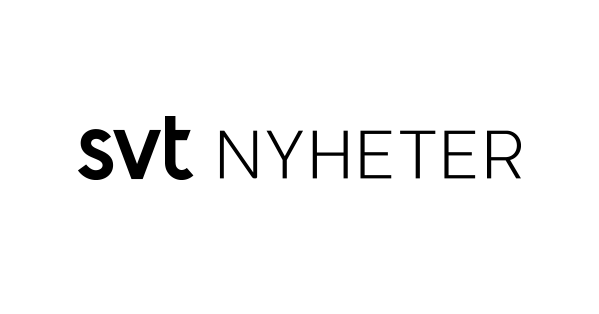"The male gaze? No, there is nothing that is talked about in France. "
Céline Sciamma looked small when in the interview in Cannes I mentioned the concept often used in Sweden, which refers to how the camera in many films rather flatter than depict the female body, preferably a naked one. A kind of patriarchal inherited image that has existed since Hedenhös but has been challenged in recent years.
But it's clear that Sciamma knew, she was just a bit ironic. Pointed to a blind spot in the home country's discussion of the moving image.
Eyes are plenty here. First and foremost Mariannes. She is the artist hired to paint a portrait of a young woman, Héloise, whom the family decided to marry to an older man. The portrait should function as a kind of lure and goods declaration, which should be sent to the prospective husband so that he does not have to buy the pig in the bag (this takes place about 250 years before Tinder).
Another painter has tried but failed to do justice to the reluctant object. Héloise refuses to pose, pulls away. No blackboard, no marriage. Hope she does.
Slowly but surely, Marianne Héloise's confidence and the relationship develop into something bigger than just a portrait sitting.
Marianne is not a woman of her time. She smokes a pipe, rejects conventions, does not hesitate to throw in the icy sea to save the canvas that blows overboard, but is also not a squashed Pippi Longstocking figure. Céline Sciamma does not work with squares, we have seen this before in contemporary dramas such as Girlhood and Tomboy, she nuances her characters, apparently lets them develop as she, in interaction with the viewer.
Here, too, along with a sensitive, nicely lighted photo looking for the two main roles. First it is Marianne who looks at her model, a little later on the contrary, while moving from object to subject, to each other, to us. All brought to life by the pocketing presence of the protagonists Noémie Merlant and Adèle Haenel - and a fine-cut script (praised in both Cannes and at the European film gala EFA) whose intensity grows in line with the characters' passion.
But it's not just about them. Just as much about creation. About how one's relation to art reflects one's relation to the rules of life. Here, the liberated Marianne talks about the importance of going her own way, of not being allowed into the sheep that lead to death (in this case, the marriage). At the same time, when her first attempt at painting by Héloise encounters criticism, she feels offended that even an artist of mine must follow certain norms and rules.
You can imagine how she bites her tongue when she finds herself waving the touch sticks.
In short, they learn about each other. Which sounds edifying and as engaging as a horizontal sandal, but Sciamma formulates it better than I do.
Equally handsome and consistent, the filmmaker violates the unofficial abortion scene that seems to prevail within the framework of fiction. It does not matter if it is in the tired Girls or the sleepy Bonus family - a woman who is thinking about abortion does not in principle undergo it. Not only does Sciamma let the affected girl have her abortion, the sequence is also very distinctly staged, and feels absolutely true. In this way, it becomes part of the picture painted here by the narrow existence of women.
It's basically just women in front of and behind the camera, the extremely few men shown in the picture perform just different kinds of messaging. And yes, the artist who previously failed to portray Héloise was so clearly a man ... If you were to translate the latter into the film industry, you might think that Sciamma thinks men are not suitable for creating stories about women, at least not with any psychological Ackuratess.
Which would be a sad and limited vision of the creative person's ability to understand and empathize across the sexes.
But clearly, in any case, she herself has succeeded perfectly well in the intention to create from something that could be called The female gaze.

